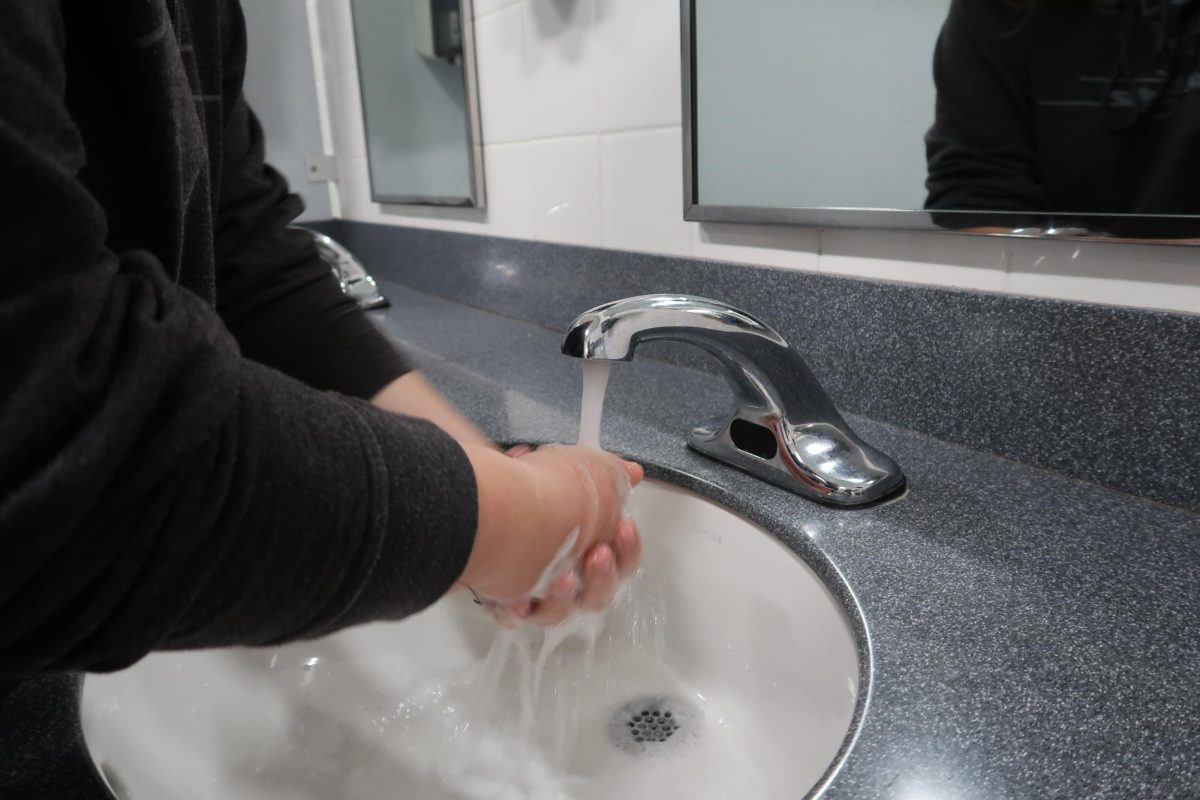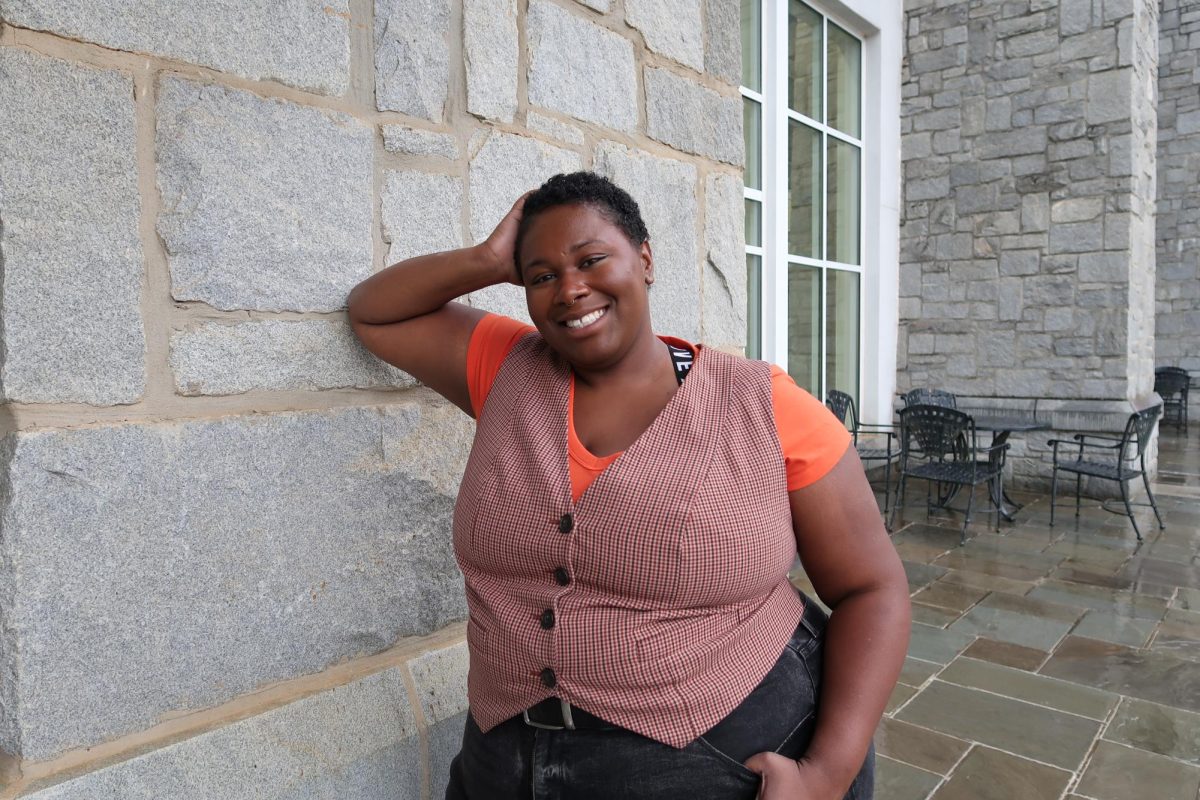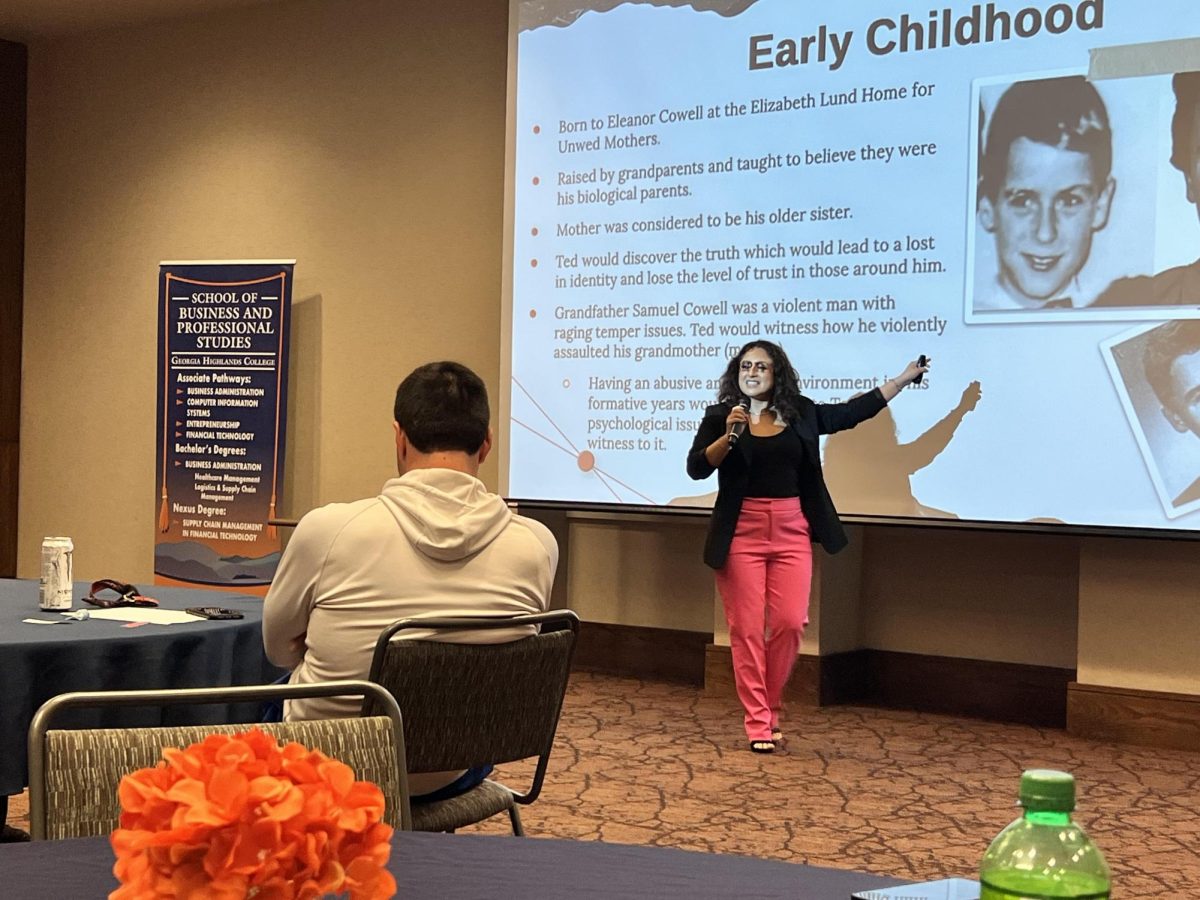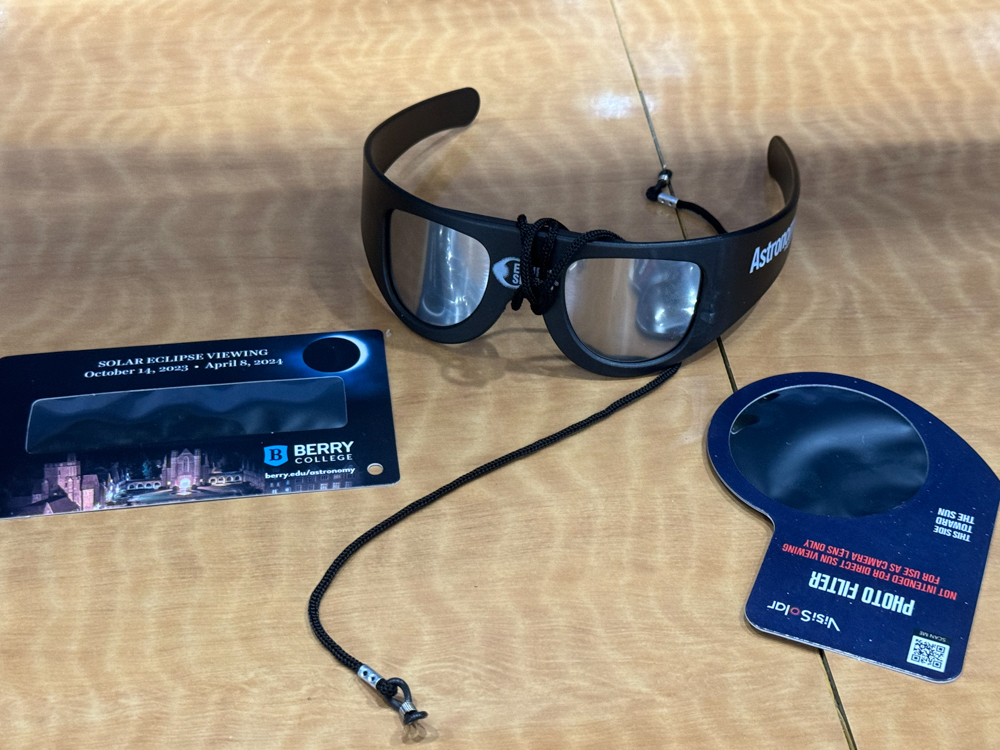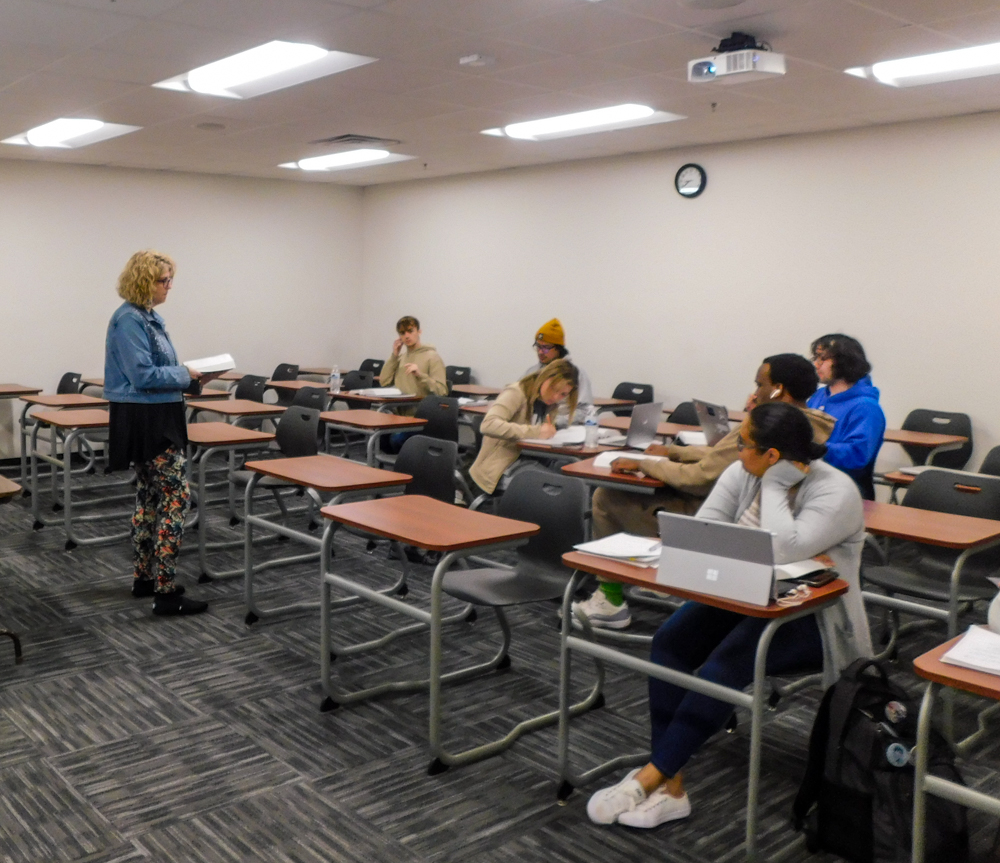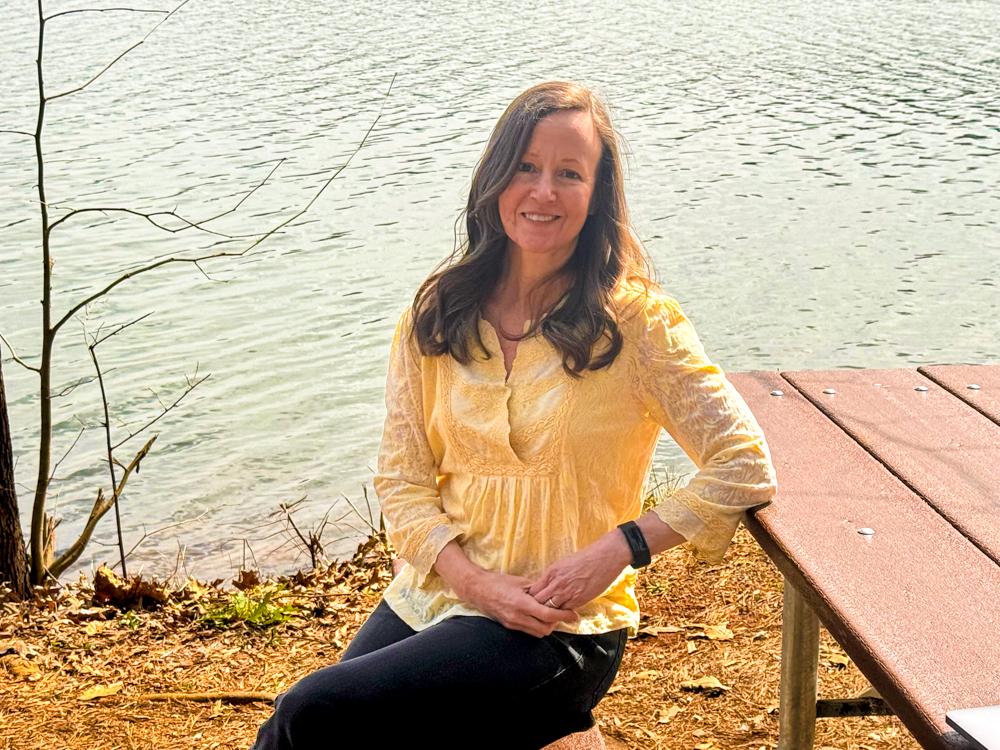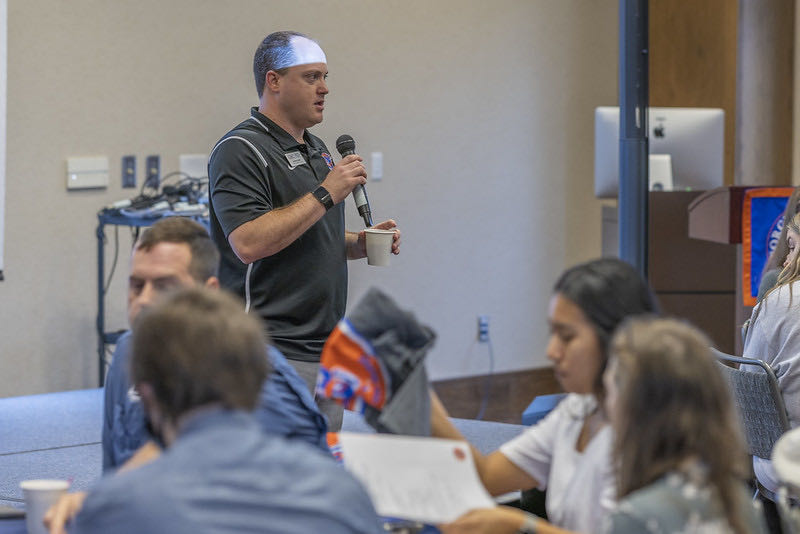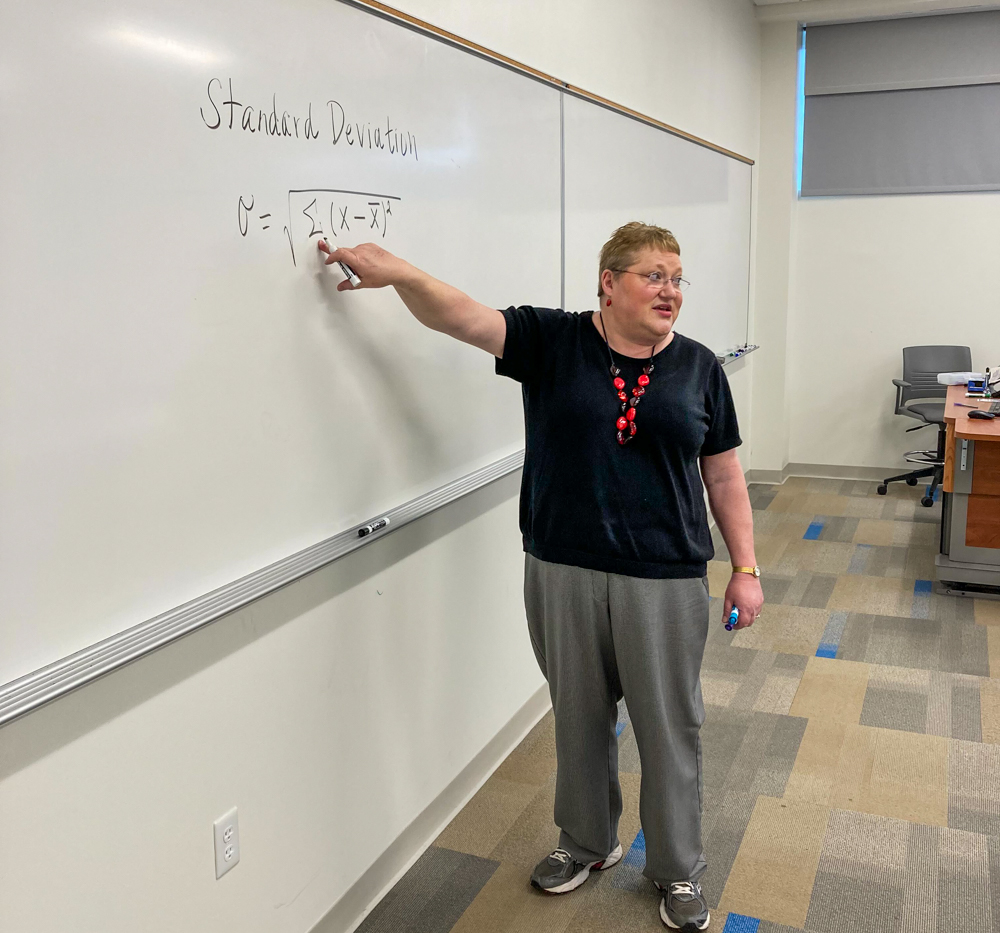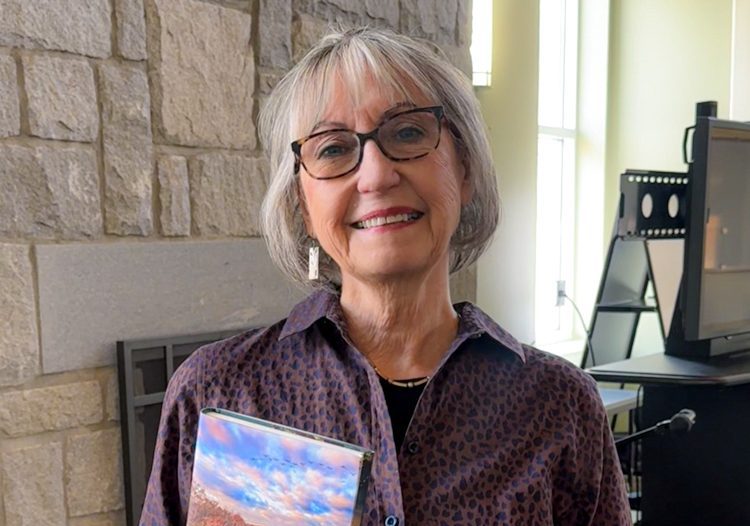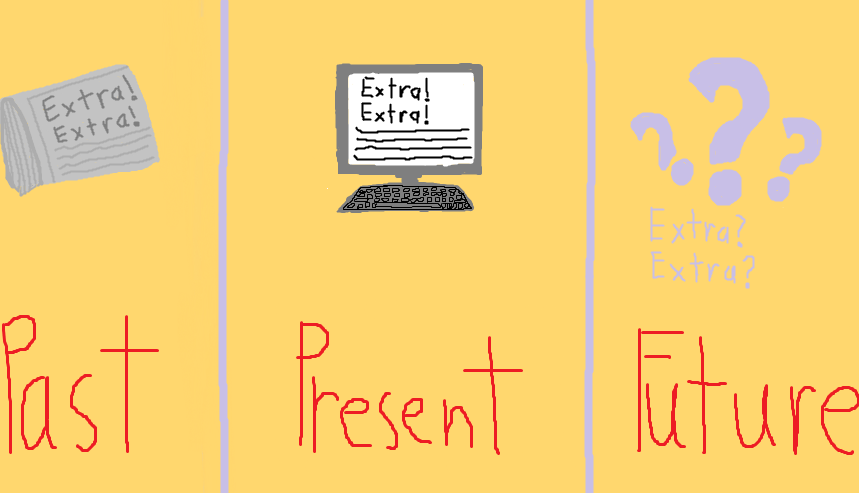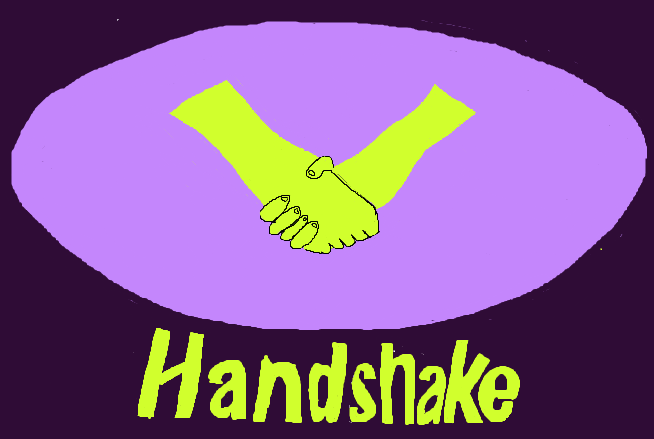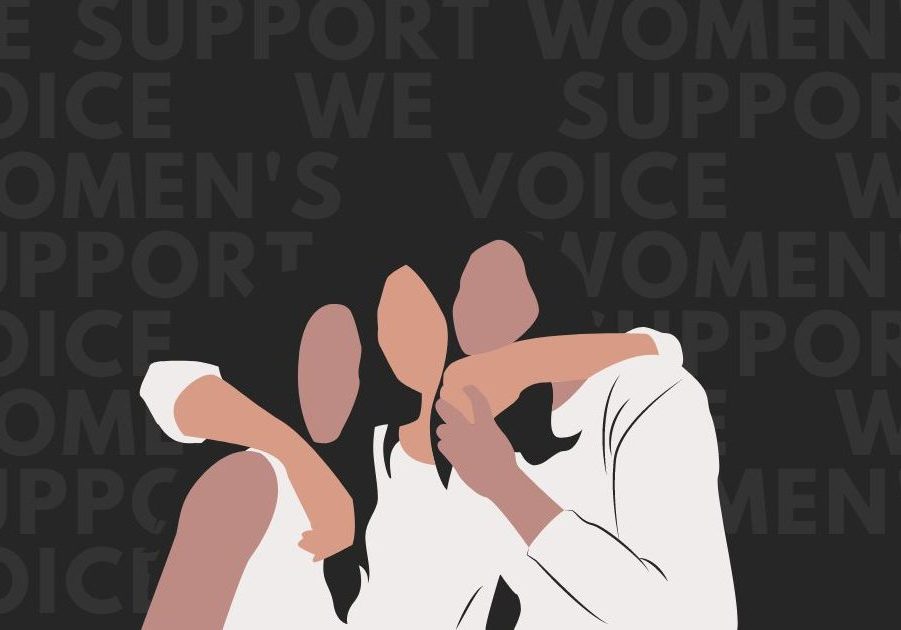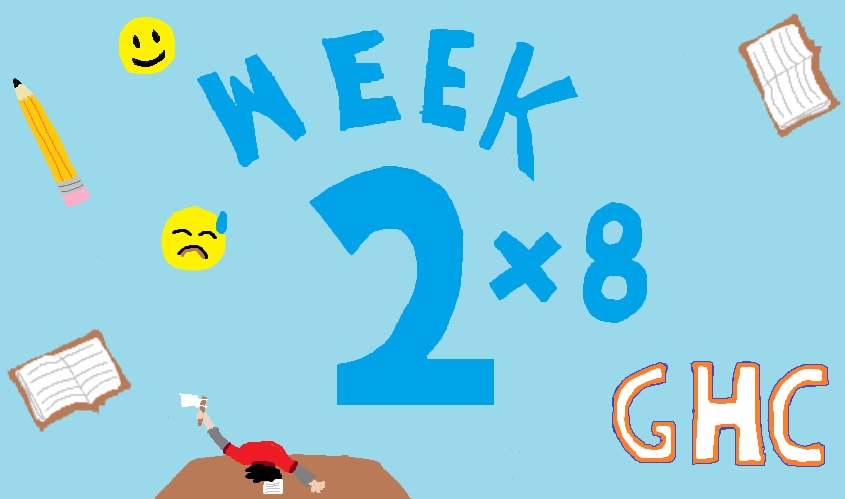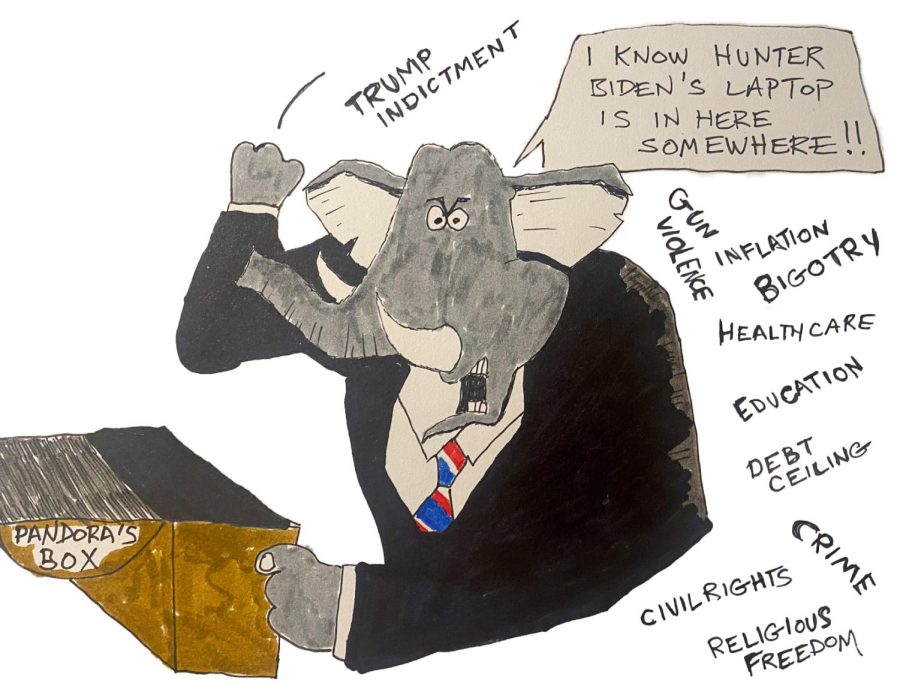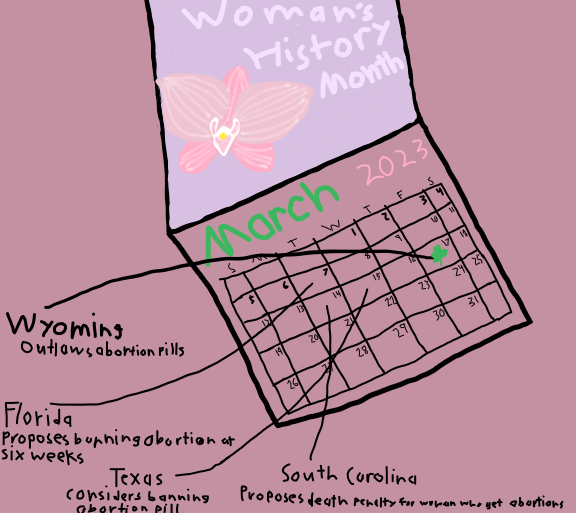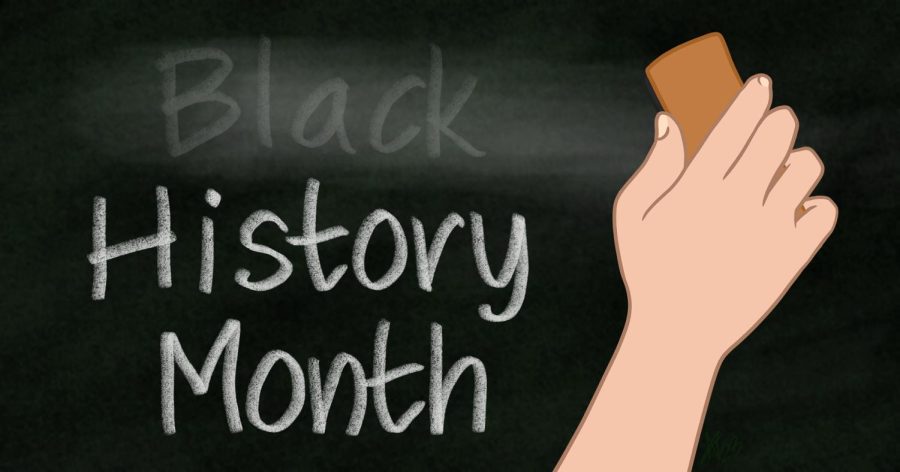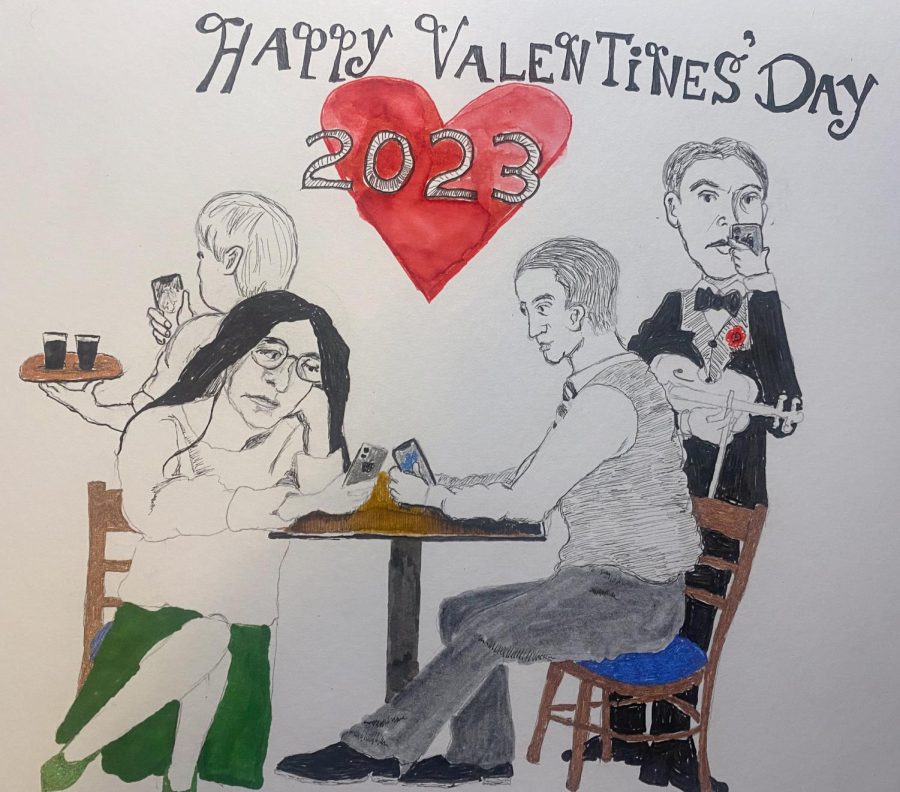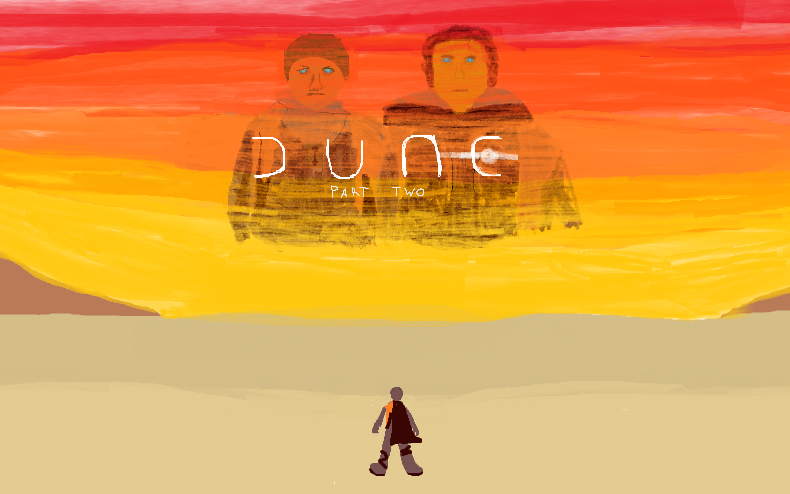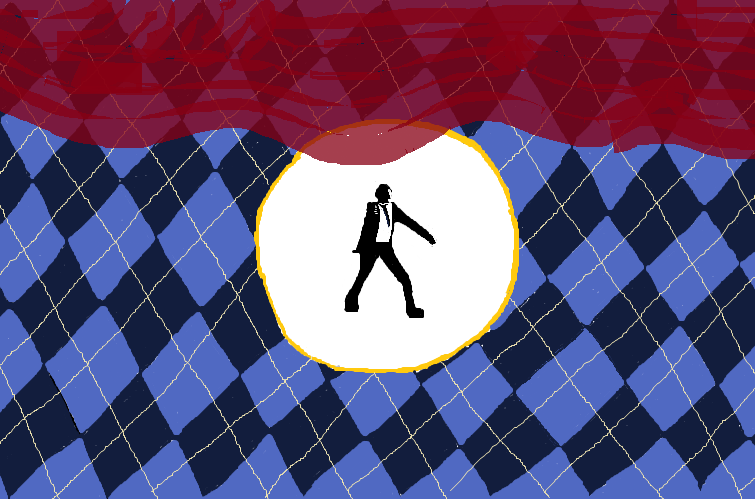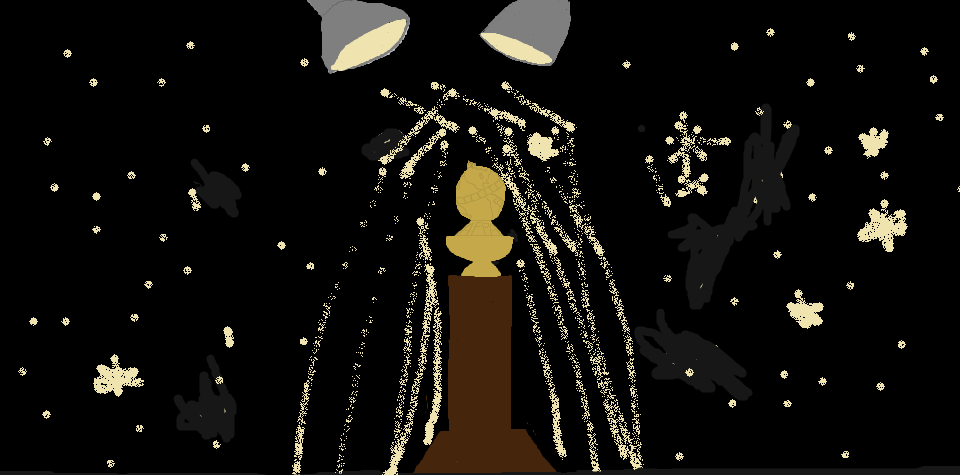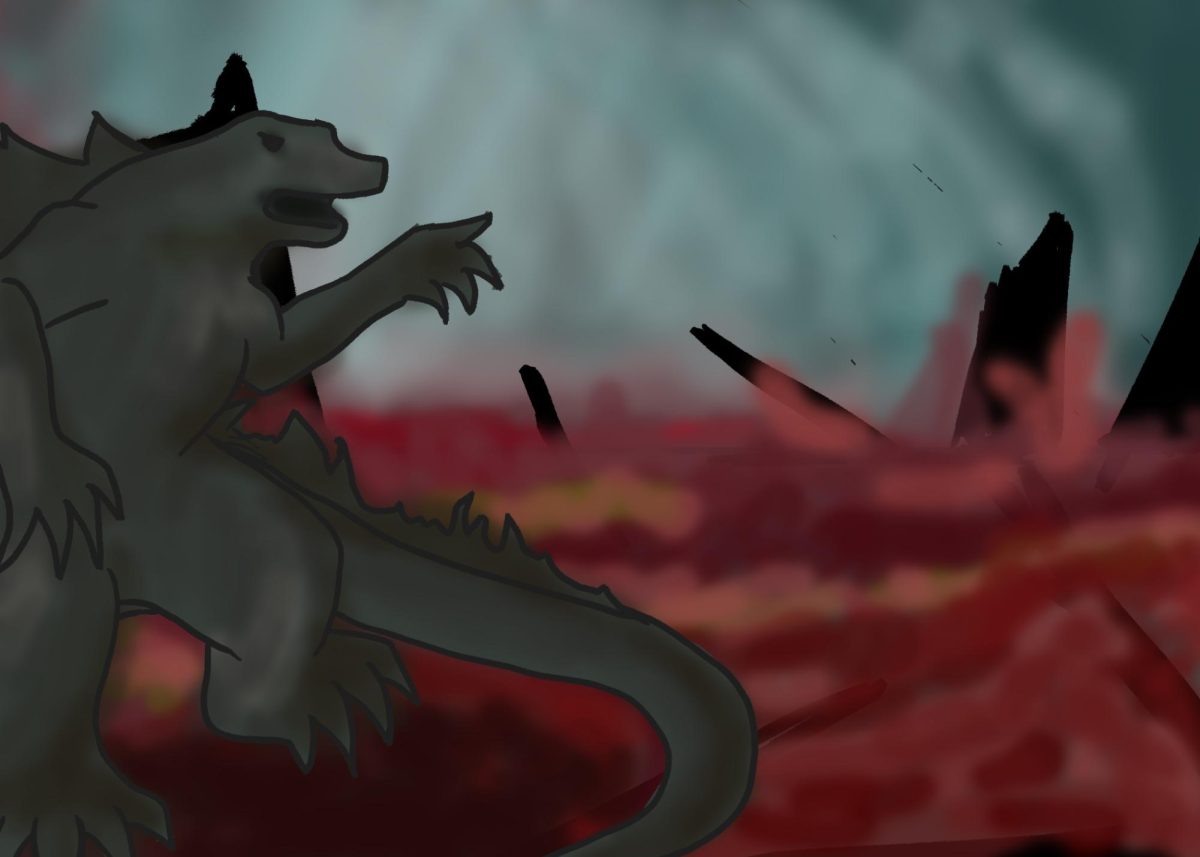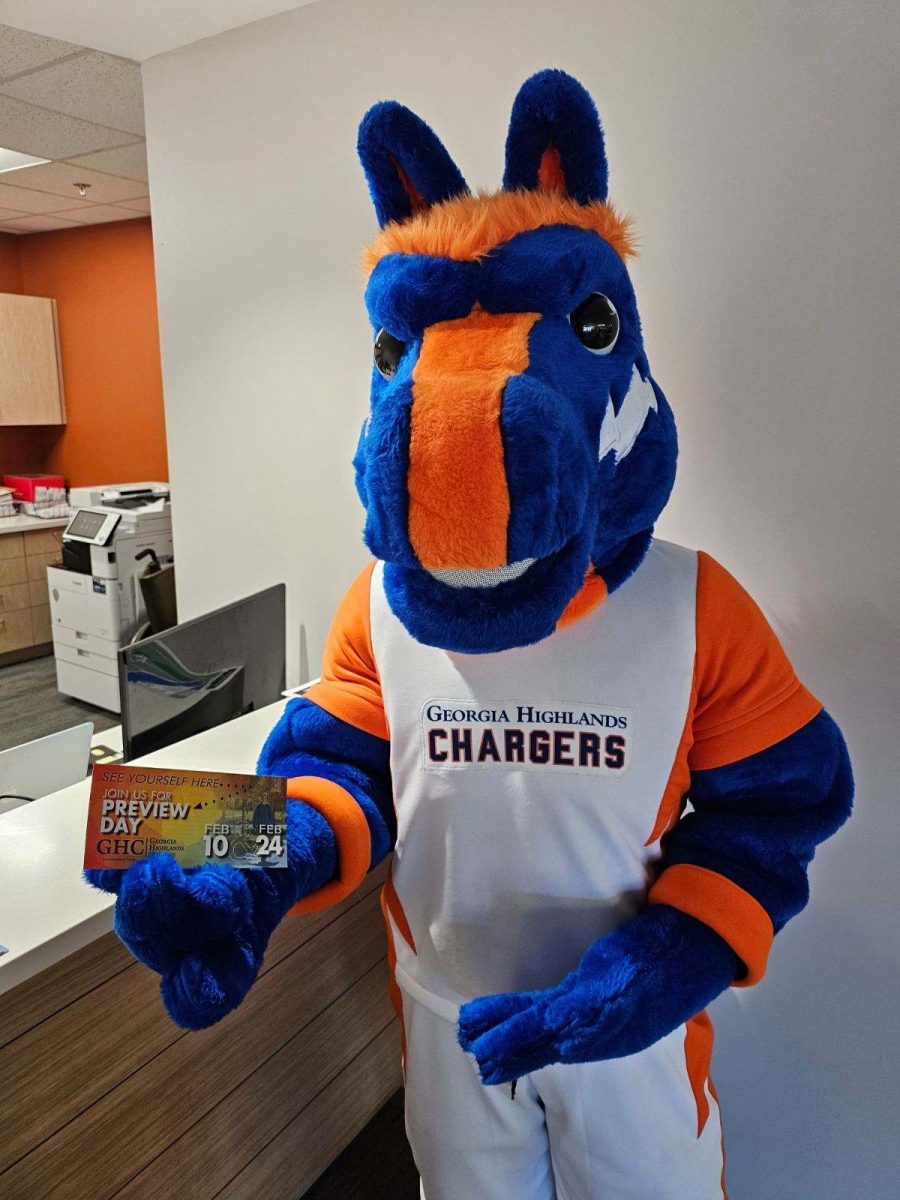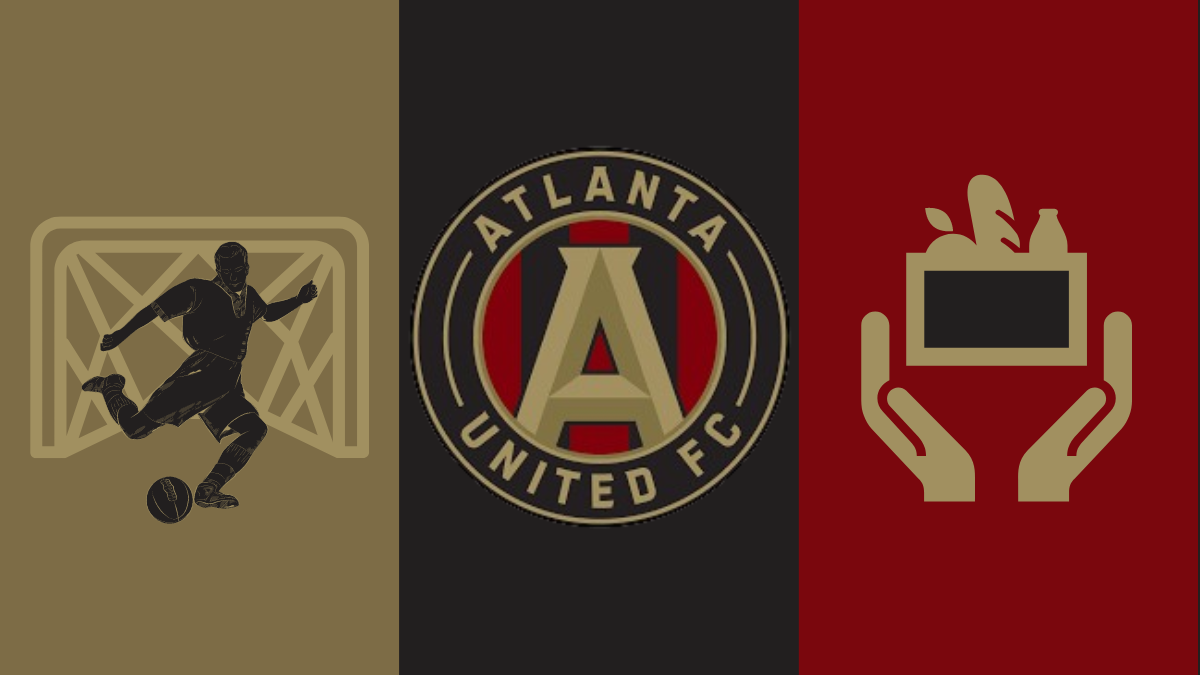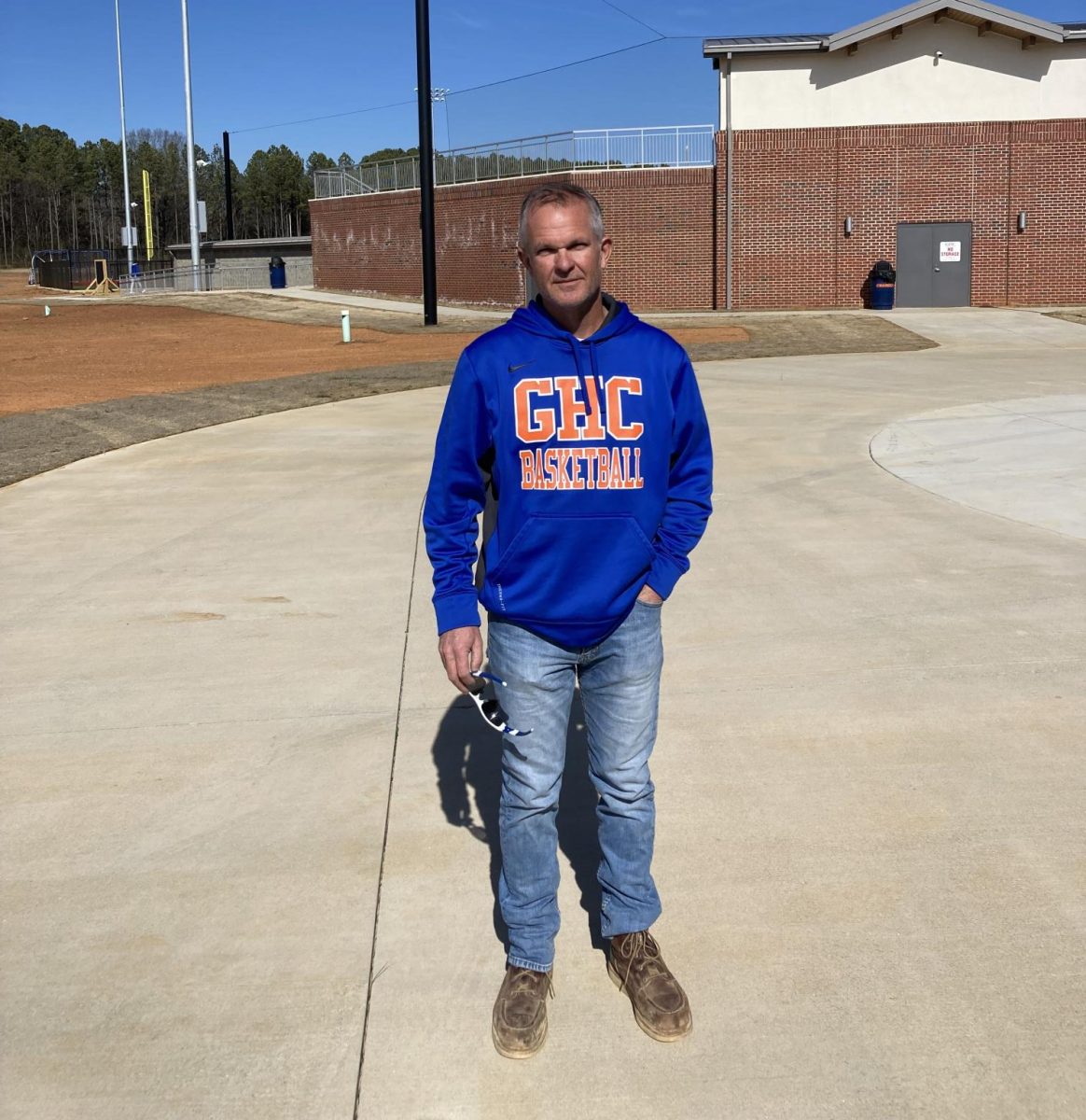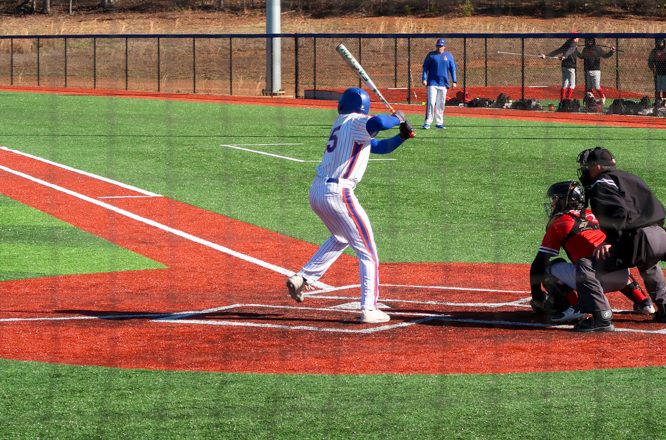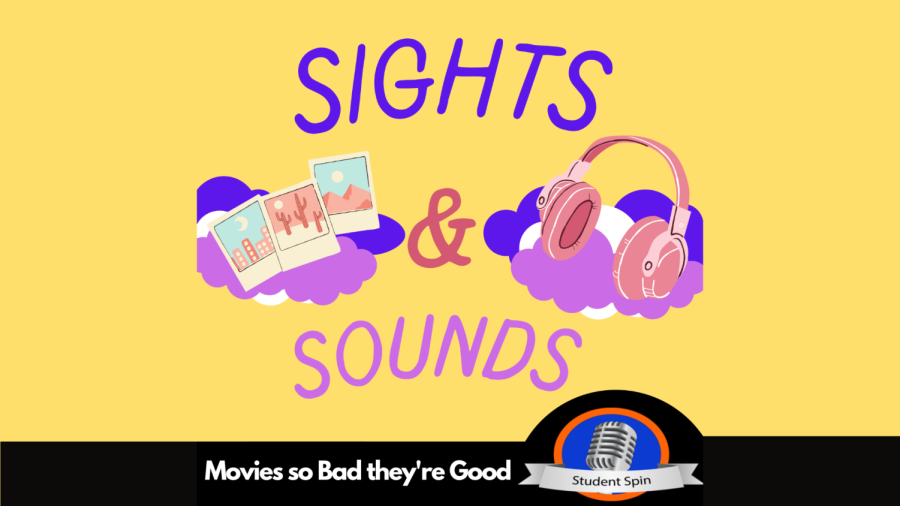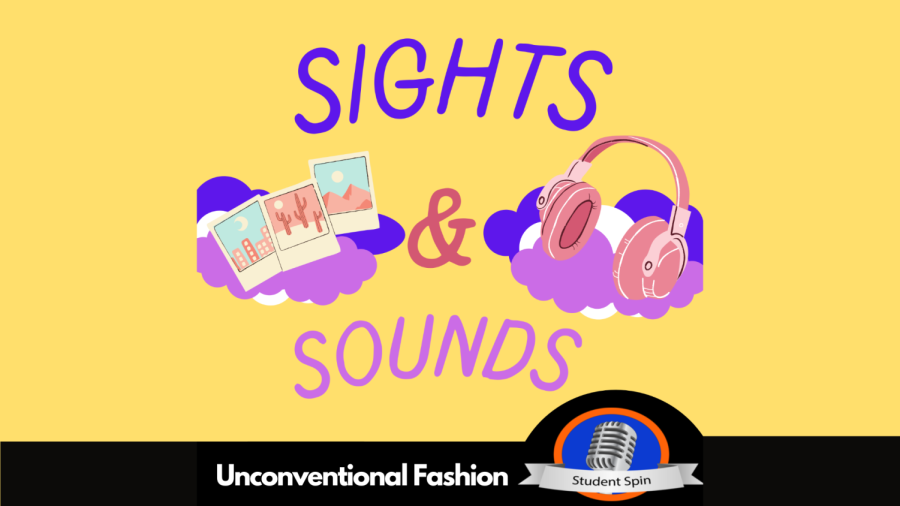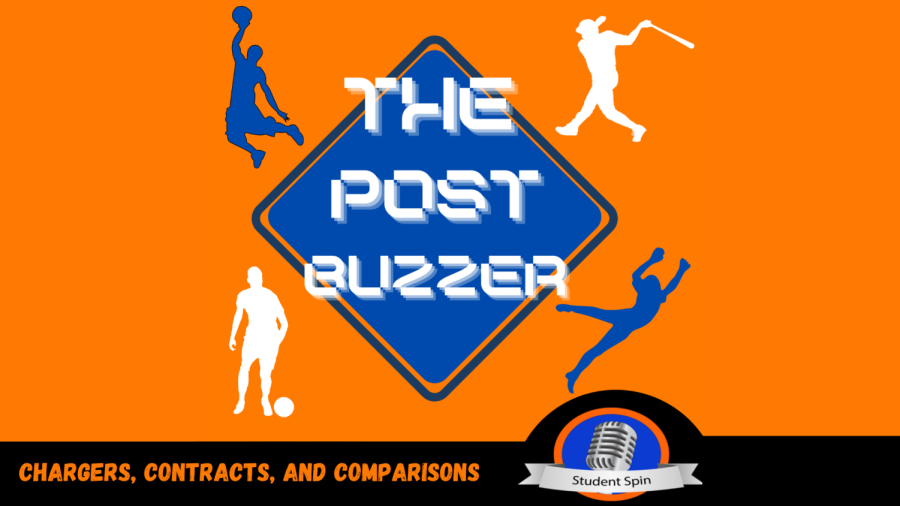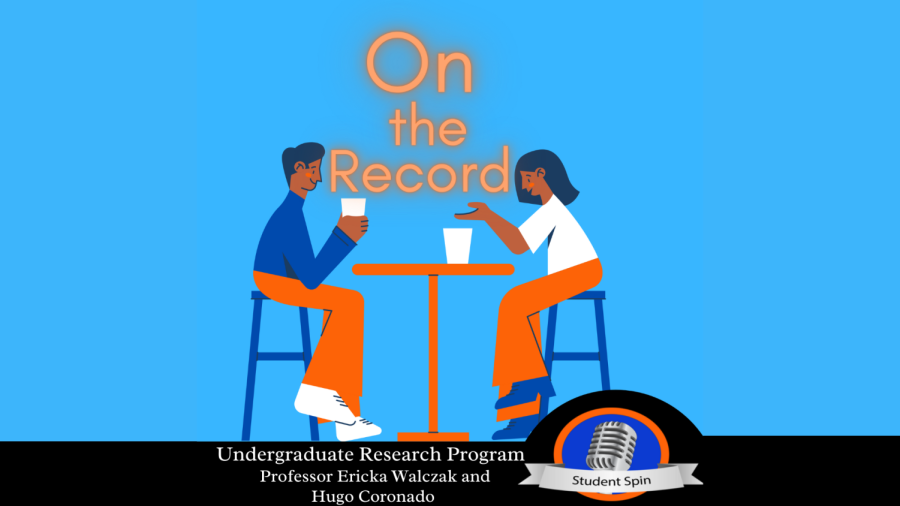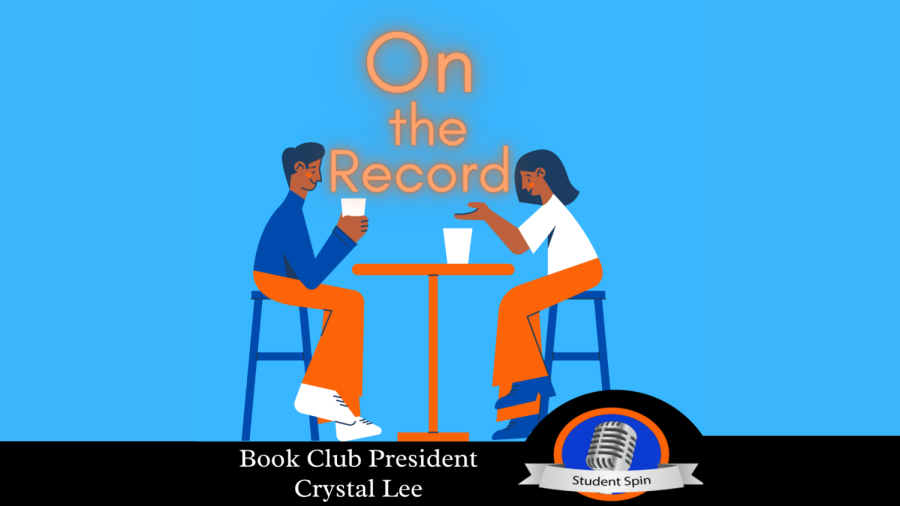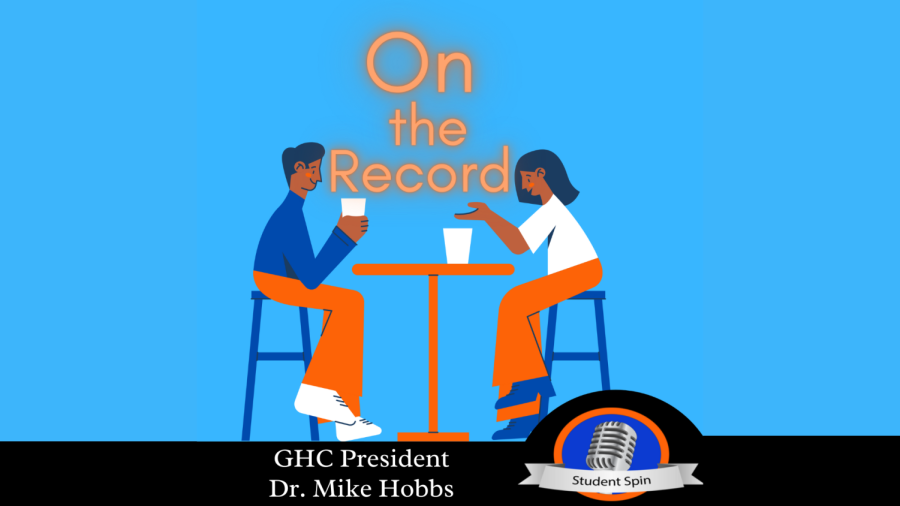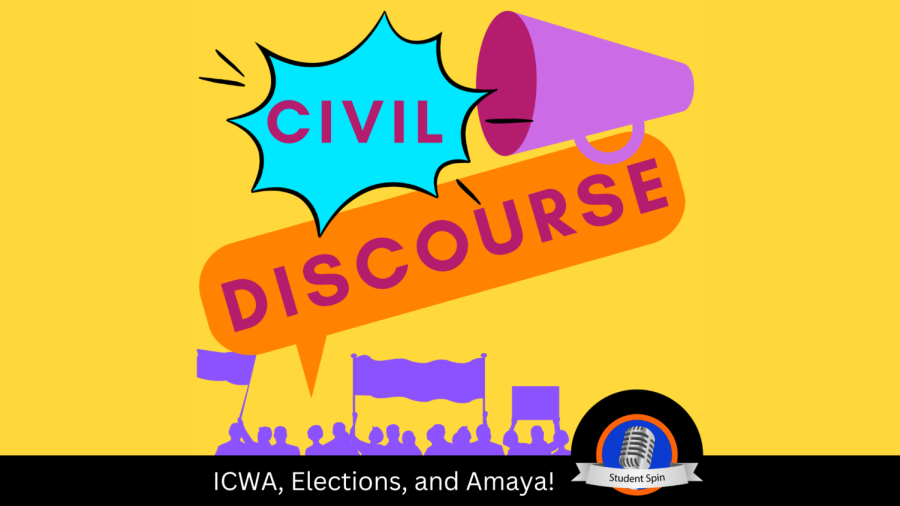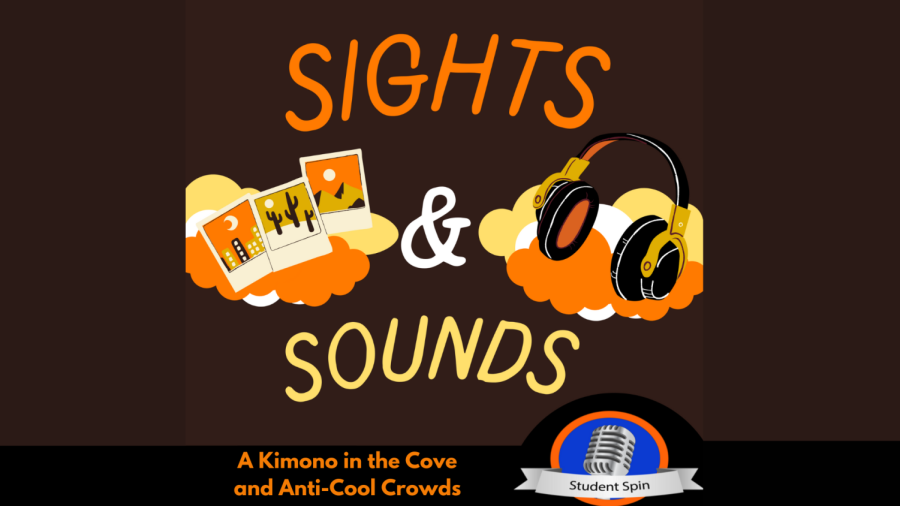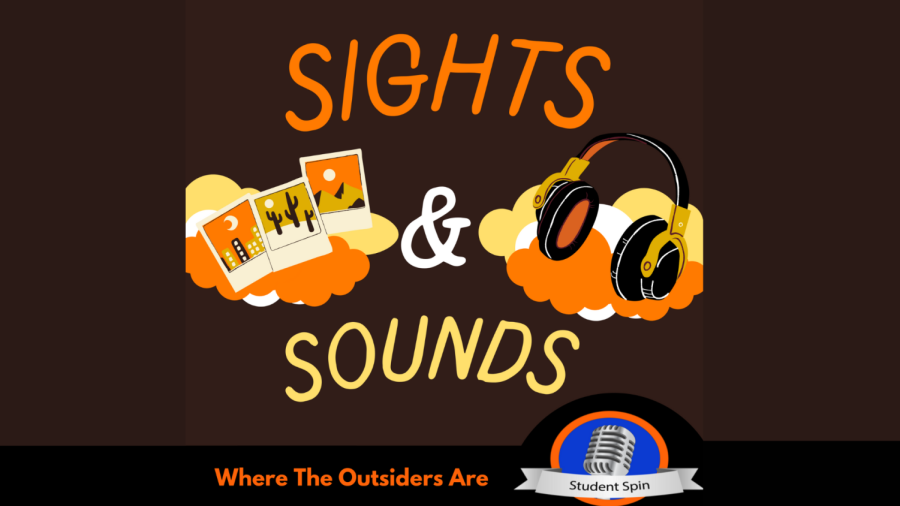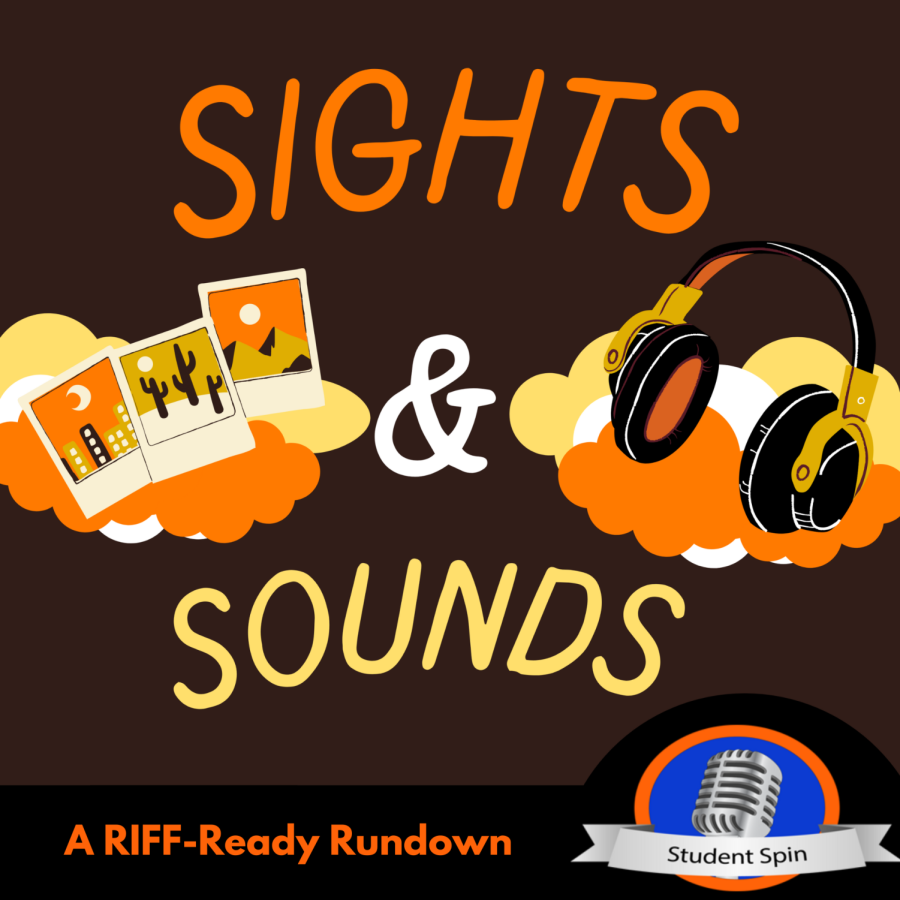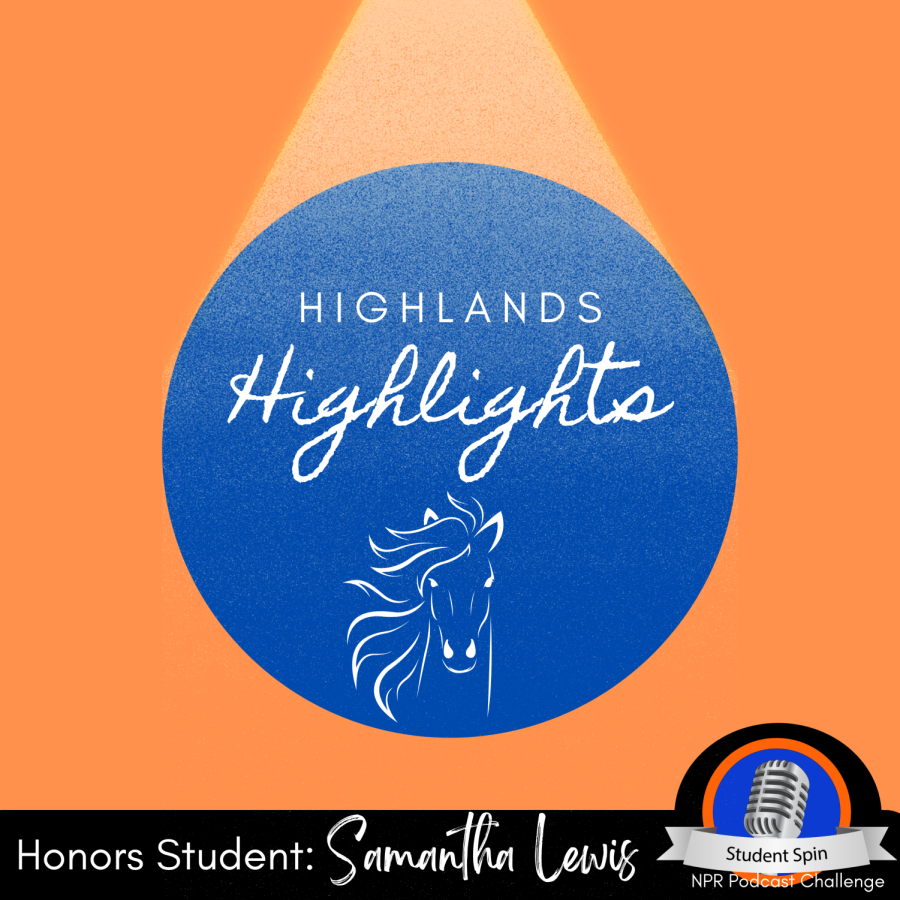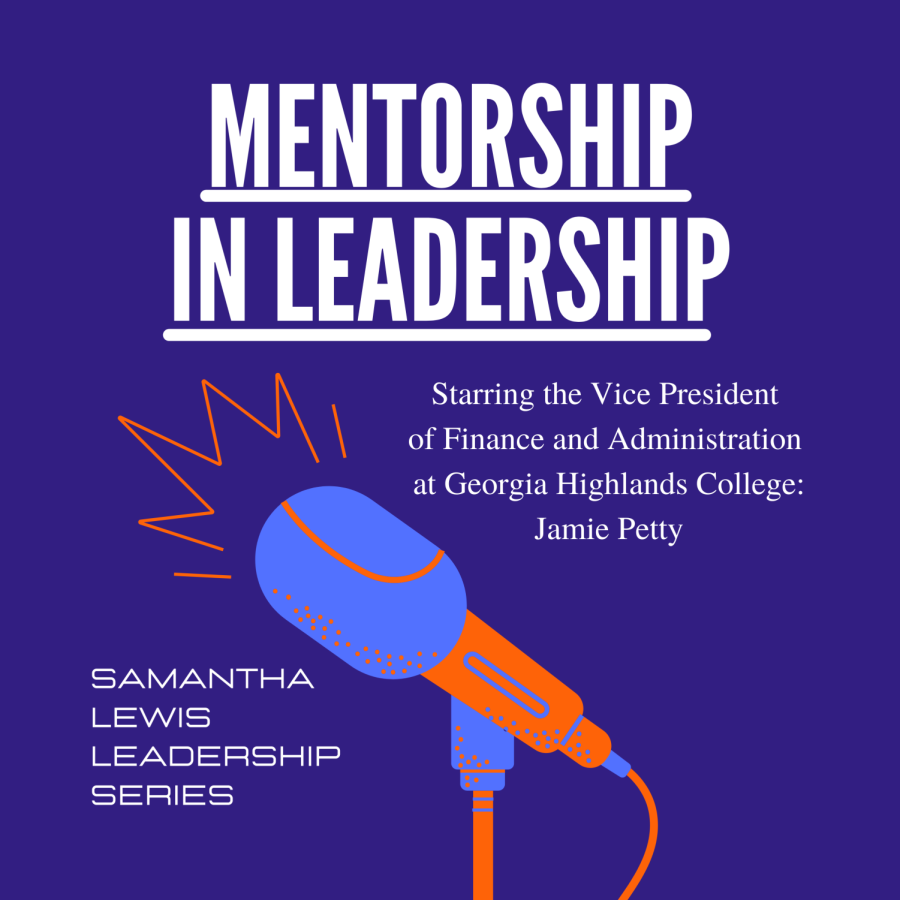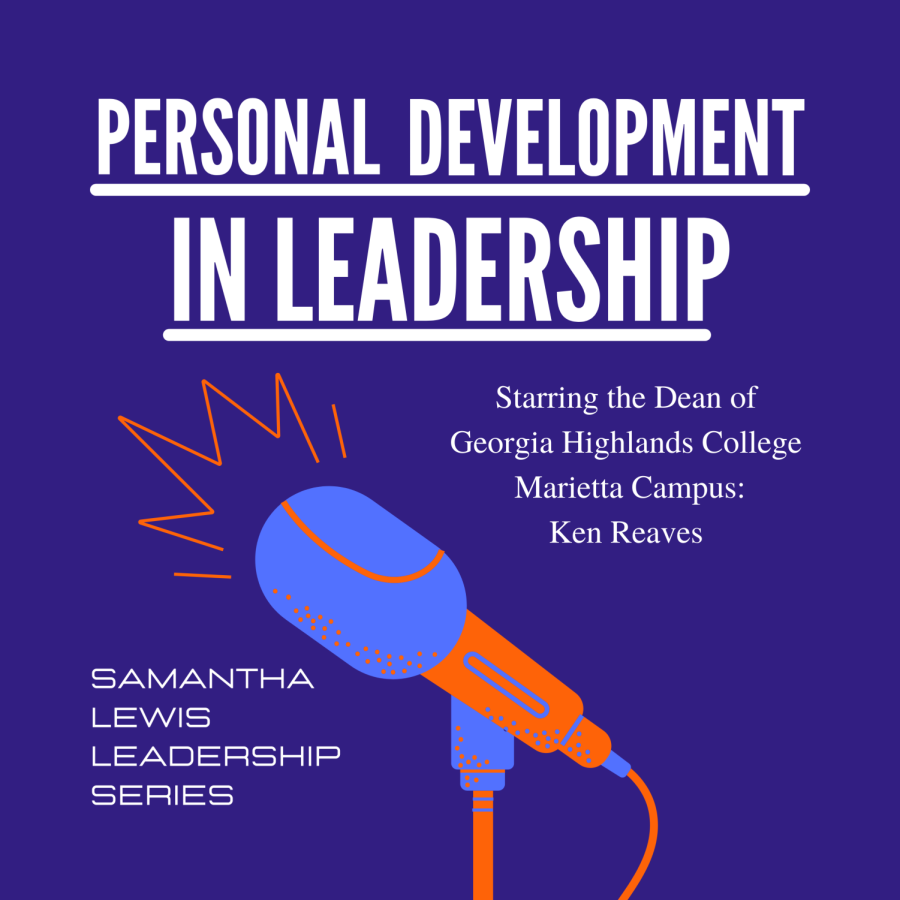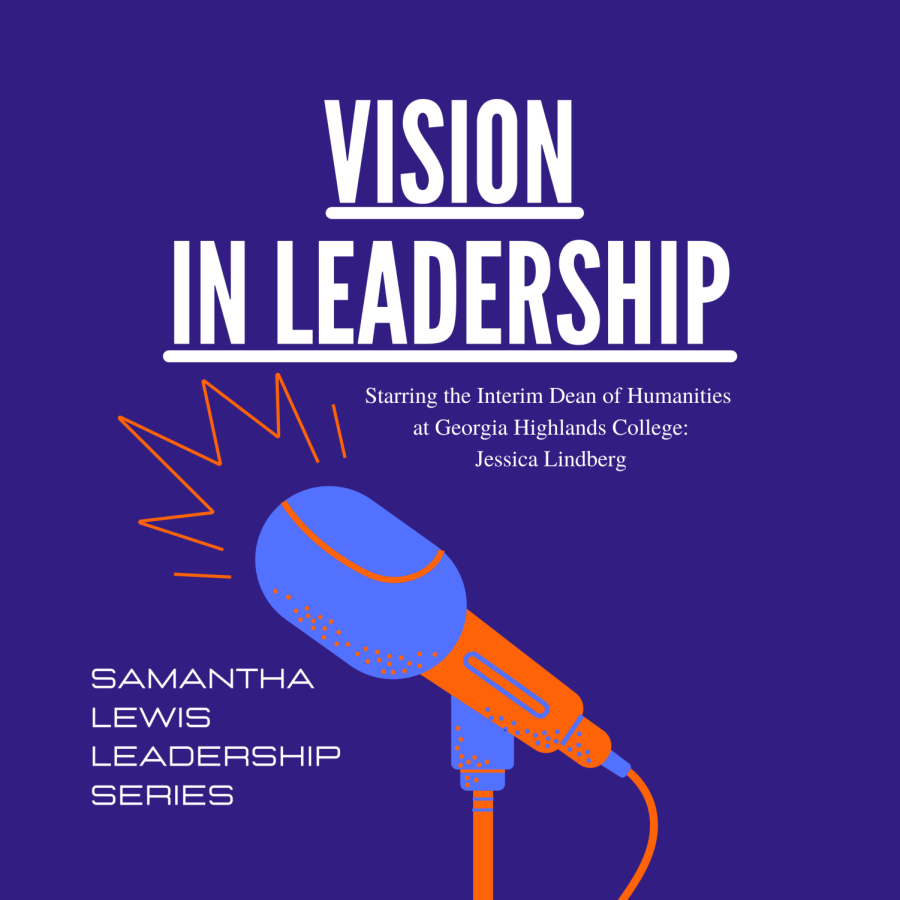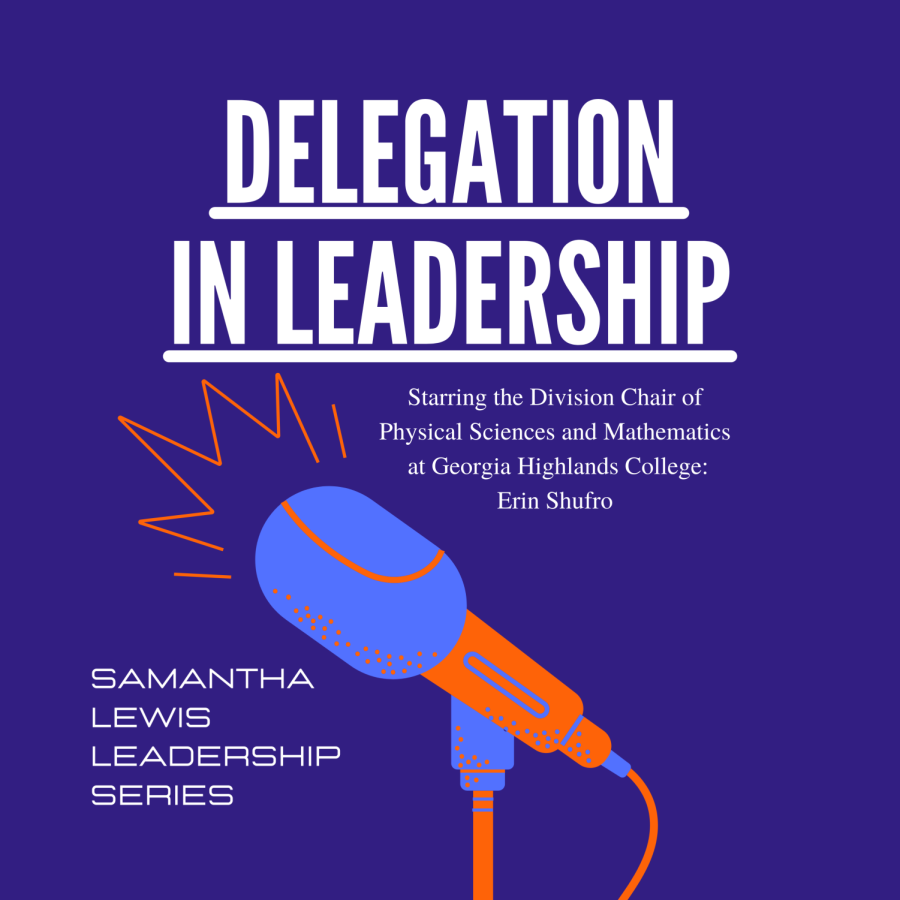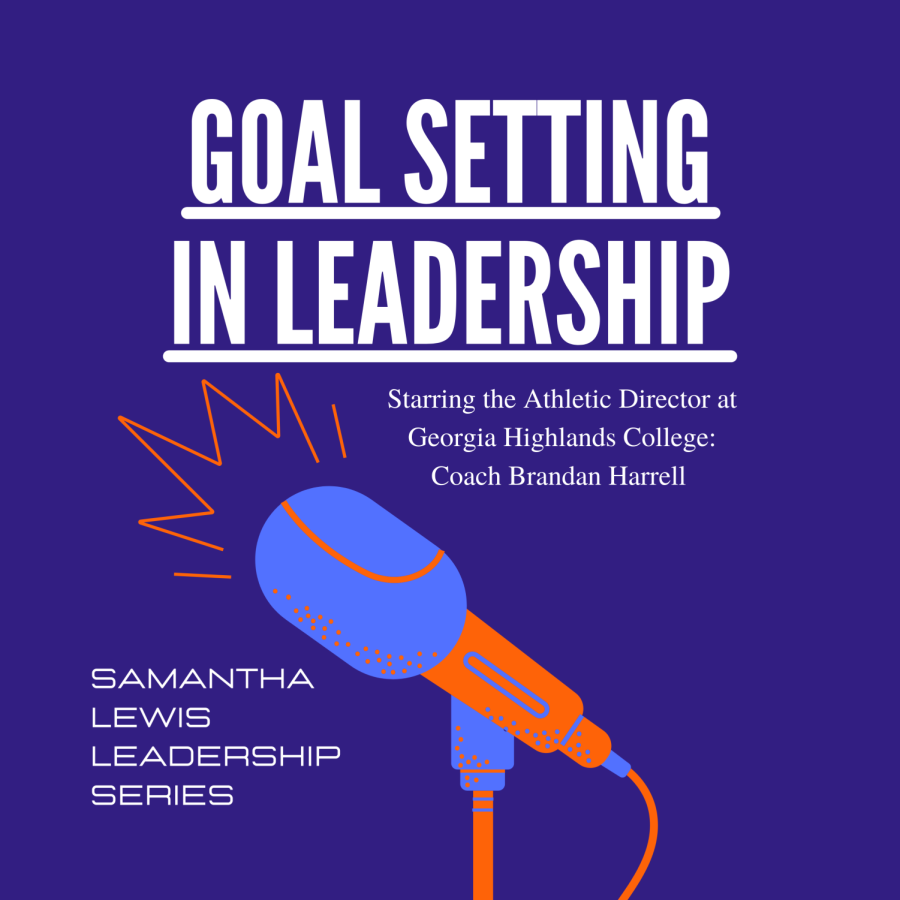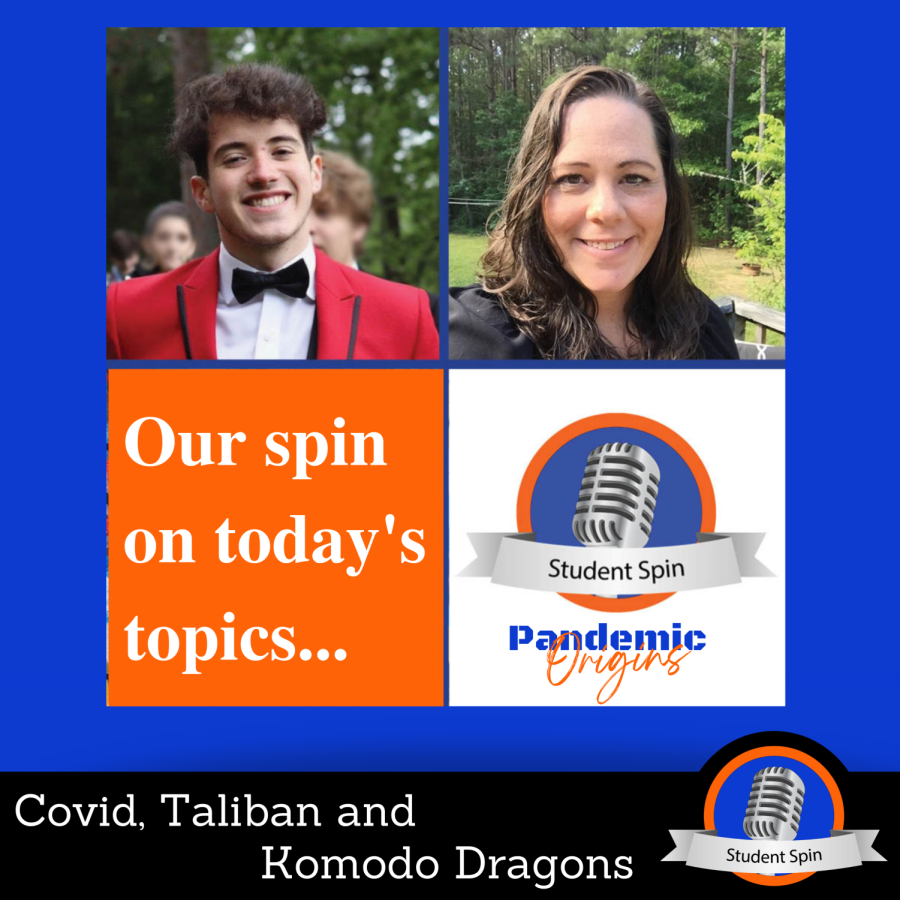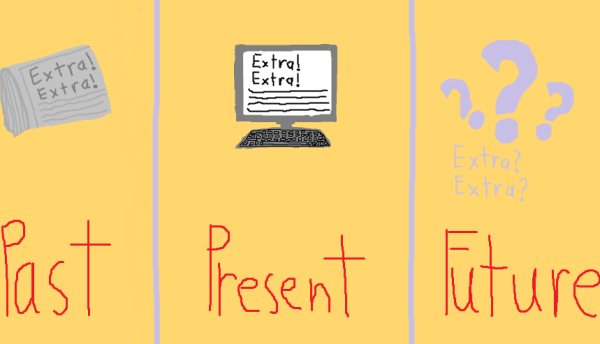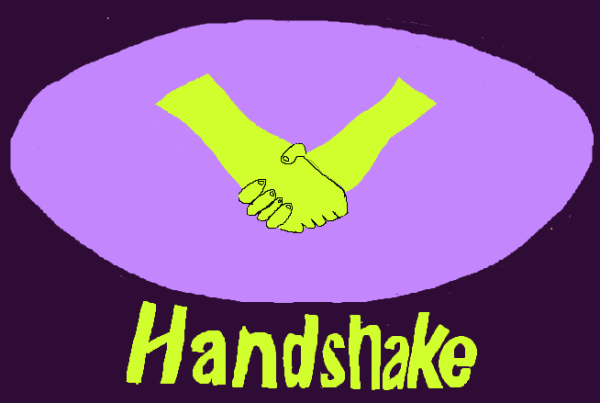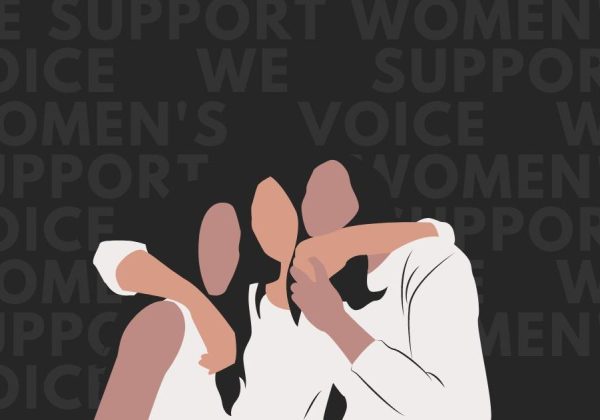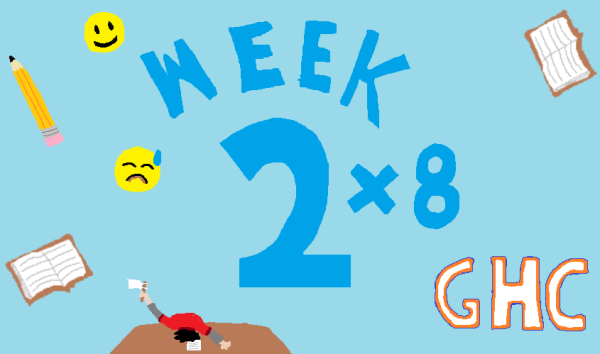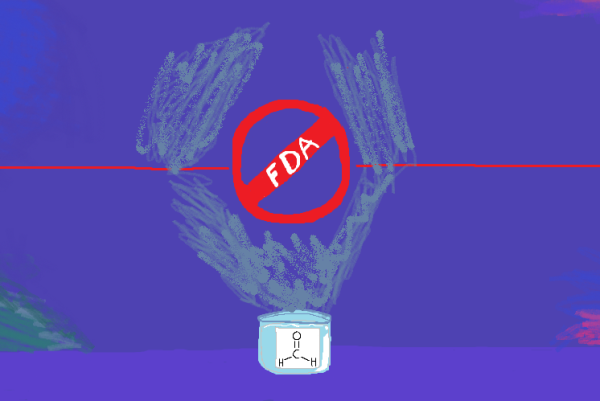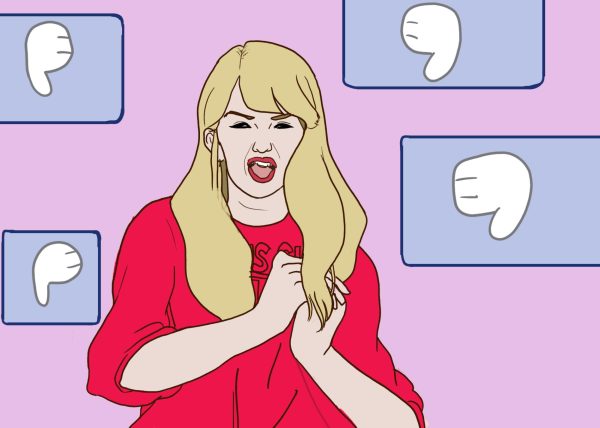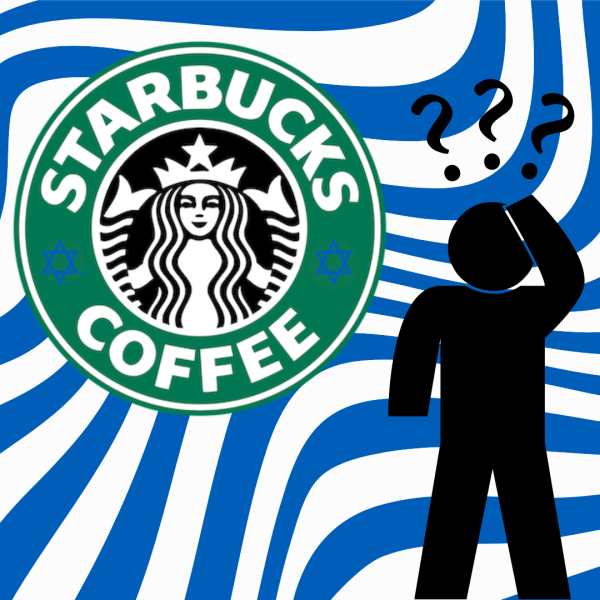Restricting controversial entertainment
In August last year, the internet was shocked when Meg Thee Stallion and Cardi B released a song called “WAP.” The song was met with people who said the song went overboard due to its crude language, while others said it wasn’t controversial at all. We are faced with a familiar question that has been asked repeatedly: should controversial entertainment be restricted?
My answer to the question is yes, due to how broad the audience can be that takes in the content. To push things even farther, Cardi B and Meg Thee Stallion performed the song at the Grammy Awards in March to more public outcry. While it is worth mentioning that they take the A and P part out of the Grammy performance, there are still many innuendos in the actions that the two perform on stage.
The Grammy Awards aired on CBS, which doesn’t place specific restrictions on who can or cannot watch it. Instead, there are ratings put in place for adults to know if what they are about to watch is kid friendly or not. The Grammys were given a PG rating, which suggests that parents monitor what parts of the show their kids watch, because some of the content could be for older audiences. The “WAP” performance deserved a rating of M for mature audiences only.
While parents do have control over allowing their children to watch it at the time, that restriction gets limited because of the internet. The performance happened at 10 p.m. EST, so people were watching this at 7 p.m. on the west coast. After the performance aired, all it took was a quick YouTube search for the performance to pop up. The video isn’t flagged for mature content on the social media platform either, allowing everyone who comes across the video to watch it regardless of their age.
YouTube is the same platform where we can find another example of controversial entertainment not being limited to the audience it is directed to. Lil Nas X’s most recent song, “Montero (Call Me By Your Name)” includes multiple straightforward references to drugs and a vulgar display of sexual innuendos while Lil Nas X gives Satan a lap dance for 20 seconds. The video is available to anyone that stumbles across it on YouTube without a warning of it containing adult content.
Yes, parents should try to monitor their kid’s programming as much as they can, but they can only do so much. My parents tried numerous times to get me to avoid adult animation shows, but through the internet, I still found a way to watch them time and time again. It makes parents’ jobs more difficult than ever. So, I can’t fault parents for not being able to monitor their children 100 percent of the time.
My solution to the problem is this: if it is on basic television, it must be something people of all ages can enjoy. Crude and raunchy television should be put on channels that require a parental lock to access. That way, creators get to make the content they want, but the content gets restricted from young audiences. There also needs to be more accountability held by social media platforms to make sure the content that gets uploaded is seen by the correct audience.

Sports editor Brandon Dyer strives to become the next big thing in journalism. He has been a part of the Six Mile Post staff for four semesters and wants...

